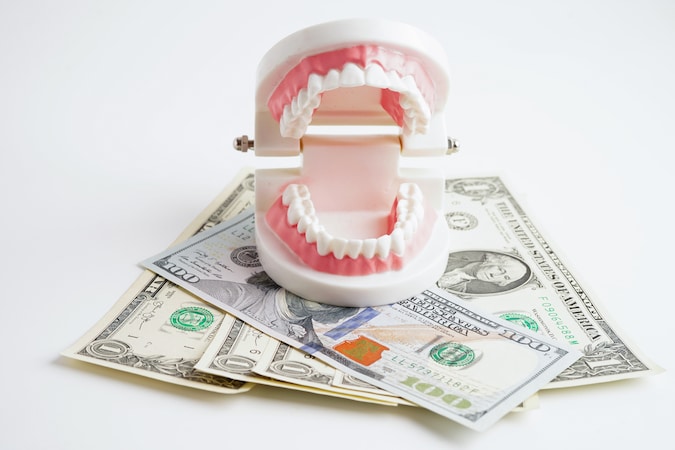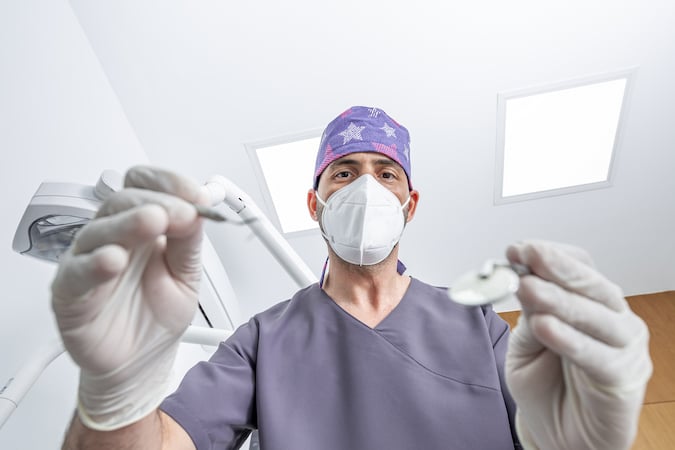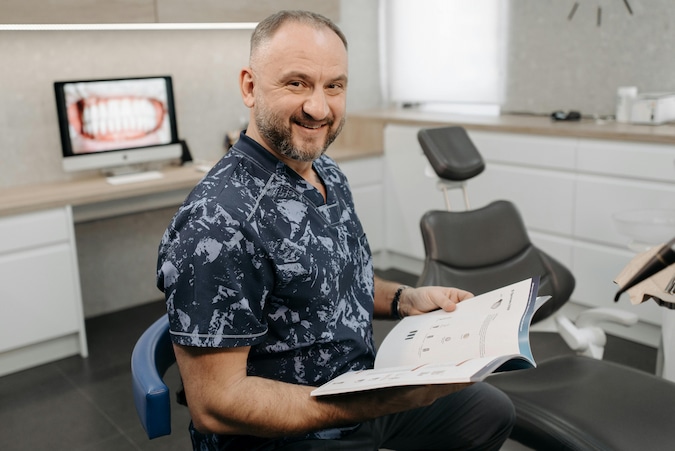
Affordable Dental Care: Exploring Low-Cost Options to Keep Your Smile Healthy

Maintaining good oral health doesn’t have to be expensive. From dental savings plans to community clinics, there are affordable solutions available to help you keep your smile in top shape. Programs like SelfGood offer tailored health and dental insurance solutions that can significantly reduce the financial burden of routine and emergency dental care.
Many people delay dental care due to high costs, leading to more serious and expensive problems later. Fortunately, there are low-cost options like insurance plans, community clinics, and dental savings programs that can make dental care accessible to everyone. In this guide, we will explore these options and how they can help you maintain your dental health on a budget.
Key Takeaways:
- Affordable dental care options exist, including low-cost insurance and savings plans.
- Community clinics and dental schools provide services at a lower cost.
- Preventative care is the most cost-effective way to avoid expensive treatments.
The Rising Costs of Dental Care

Dental care is essential for overall health, but the cost can be prohibitive for many. Routine cleanings cost anywhere from $75 to $200, while more complex procedures like root canals can cost over $1,0001. The high cost often leads people to avoid care until they face severe dental issues, which are even more expensive to treat.
Many Americans, especially those without dental insurance, struggle to access affordable dental care. This growing problem highlights the need for low-cost options that can help individuals maintain their oral health without financial strain.
Low-Cost Dental Insurance Plans
One of the most reliable ways to reduce dental expenses is through a dental insurance plan. Many low-cost insurance plans are available, covering routine care like cleanings, x-rays, and fillings. For individuals who qualify, programs like Medicaid, Medicare, and CHIP offer dental services for low-income families, children, and seniors.
While these plans provide substantial coverage, it’s essential to understand their limitations. Some plans may not cover advanced procedures like root canals or cosmetic work. Nevertheless, they can significantly reduce out-of-pocket costs for preventive care and basic treatments.
Dental Savings Plans: An Affordable Alternative
Dental savings plans are another great option for those who cannot afford traditional insurance. These plans allow members to save 10% to 60% on dental services, including routine cleanings, root canals, and even cosmetic procedures like teeth whitening.
Savings plans don’t have annual limits or waiting periods, making them an excellent option for immediate dental care. Popular providers like DentalPlans.com and Care Credit offer flexible plans that can be customized to meet your needs.
Unlike insurance, dental savings plans require a small annual fee, but they offer immediate savings on services from participating providers, making them a flexible and cost-effective option.
Community Clinics and Free Dental Programs
Community clinics are a lifeline for those who cannot afford traditional dental care. These clinics often operate on a sliding scale, adjusting fees based on the patient’s income5. Public health clinics, mobile dental clinics, and programs run by organizations like the Health Resources and Services Administration (HRSA) also provide affordable or free dental care6.
In addition, there are national programs like Mission of Mercy and Dentistry from the Heart, which organize free dental care events for underserved populations. These programs are a valuable resource for those facing dental emergencies or requiring essential care without insurance.
Dental Schools and Hygiene Programs: A Hidden Gem

For those looking for affordable yet quality care, dental schools and hygiene programs are an excellent option. Dental students, supervised by experienced professionals, provide low-cost services, from basic cleanings to more complex treatments like fillings and crowns7.
Dental hygiene schools also offer preventive services like cleanings, scaling, and polishing at reduced costs. Although the appointments may take longer due to the learning environment, the services are reliable and affordable, providing a win-win for both students and patients.
Financing and Payment Plans for Dental Work
For those unable to pay for their dental procedures upfront, financing options can ease the burden. Care Credit, a healthcare credit card, allows patients to spread out payments over time8. Many dentists also offer in-house financing plans or partner with third-party companies to provide payment options, such as 0% APR credit cards, helping patients manage large expenses without accumulating interest.
Tips to Reduce Dental Costs
Here are some practical tips to save money on dental care:
- Negotiate with your dentist: Many dentists offer discounts to uninsured patients or are willing to negotiate fees.
- Use teledentistry services: Virtual consultations can help you avoid in-office visits for minor issues10.
- Group plans: Consider joining a family or group insurance plan, as these often provide better rates than individual plans.
Final Thoughts
Affordable dental care is accessible through a variety of channels, from low-cost insurance and savings plans to free community clinics. By taking advantage of these options, you can maintain your oral health without the fear of high costs. Don’t wait until a minor issue becomes a major expense—explore these low-cost options to keep your smile healthy and bright.
Frequently Asked Questions
1. Can I get free dental care?
Yes, several programs offer free dental care for those who qualify, such as Mission of Mercy, Dentistry from the Heart, and community health centers11.
2. How do dental savings plans differ from insurance?
Dental savings plans provide immediate discounts on services without annual limits or waiting periods, whereas insurance offers broader coverage but may have higher premiums and restrictions.
3. What is the average cost of a cleaning without insurance?
A routine cleaning typically costs between $75 and $200 without insurance.
Sources:
- Dentaly.org. (2023). Cheap Dentist Without Insurance. https://www.dentaly.org
- NewMouth.com. (2023). 11 Dental Assistance Programs. https://www.newmouth.com
- DentalPlans.com. (2023). Free Dental Care & Low-Cost Insurance. https://www.dentalplans.com




